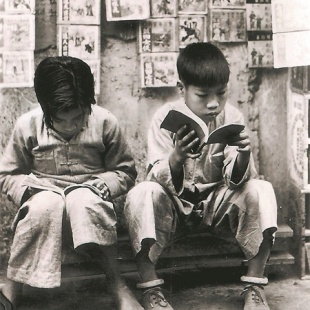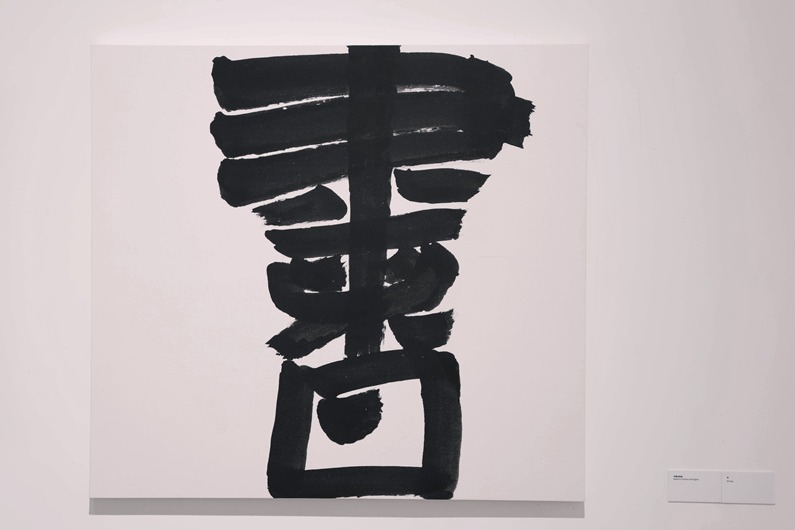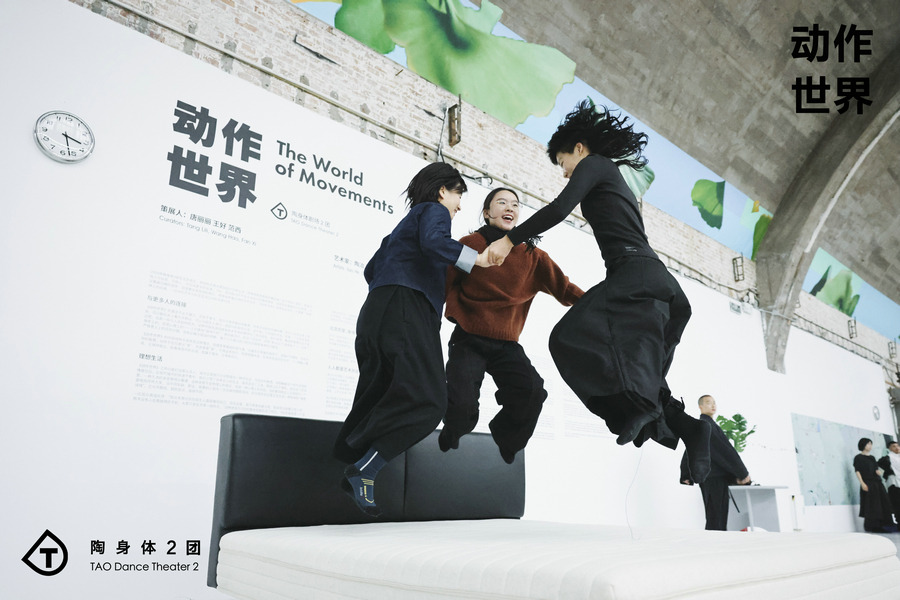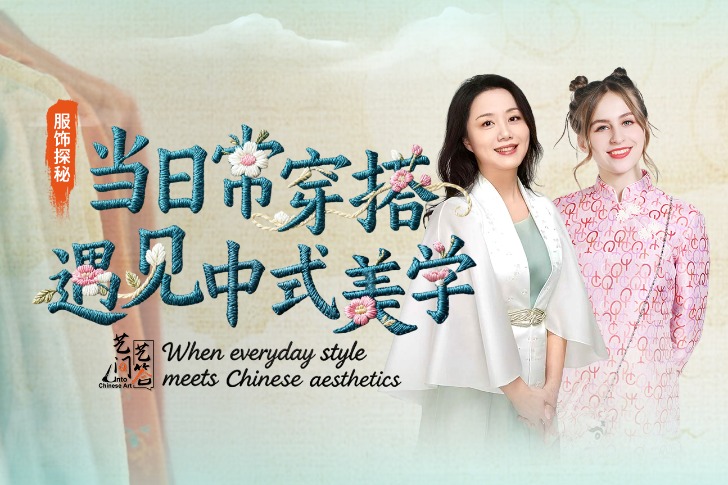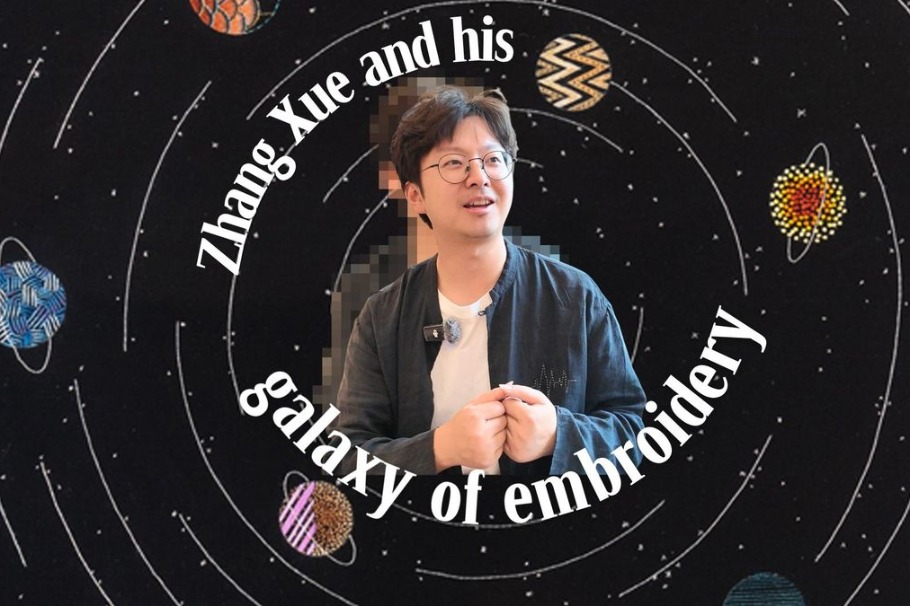New book is a testament to the city's enduring spirit


The book also records typical scenes of a Shanghai-style Chinese New Year's Eve family dinner in the 1980s.
It states that nowadays, the customs of celebrating Chinese New Year in Shanghai have evolved, with many people having dinner, the most important one of the year, at restaurants instead of the family home. Also, since food is no longer scarce, the significance of dinner on Chinese New Year's Eve has diminished.
However, in the past, this particular dinner was usually served on a "round table", which was folded up during normal days and unfolded only for this special meal. Many families would prepare 10 cold dishes and 10 hot dishes to symbolize perfection in all aspects.
The book also explores the sensory experiences of Shanghai, with Li Ting, deputy director of the culture department of local media Wenhui Daily, sharing her olfactory memories of the city. While Shanghai is known as a coffee capital, with its number of coffee shops likely surpassing other cities worldwide, its rich tea culture once thrived in local teahouses, says Li.
"In Shanghai dialect, people once used 'incubate' to describe how they spent time in teahouses. That word was vivid, as patrons would sit there for an entire day. Those with seats by the window would even bring their birds in cages along," says Li.
"Teahouses were places for socializing, learning, and conducting business. They were also a platform for sharing information about art performances and exchanging updates on cultural festivals," she says.
The nostalgic soundscape of Shanghai's alleyways also comes alive in the book, capturing the melodic calls of flower vendors.
In the memories of elderly Shanghai residents, the young women selling flowers always retained a touch of elegance. They could be found at the entrances of cinemas and in large squares, carrying baskets of neatly arranged flowers. A damp towel was placed over the flowers to keep them from wilting.
"Perfume was a luxury then, so naturally fresh, affordable white magnolias were popular among women," Li says.


